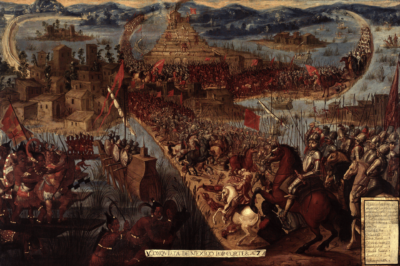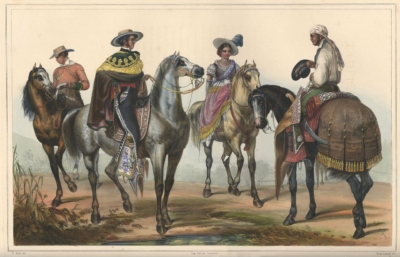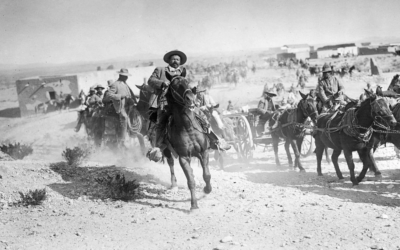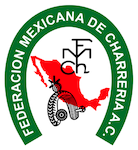16th CENTURY
ARRIVAL OF THE HORSE IN MEXICO
The history of our equestrian tradition begins with the arrival of the Castellanos to Mexico, under the command of Hernán Cortés.
17th CENTURY
ROADS AND GOODS
In 1609, the viceroys had to definitively authorize the use of horses with saddles, bridles and spurs for mestizos to work on the large cattle ranches. In the 17th century, Mexico already had an extensive network of paved roads. There were carriages, people on horseback and endless lines of mule trains that, whipped and whistled by the muleteers, carried all kinds of merchandise.
18th CENTURY
COWBOYS AND CAPORALES
With the arriería, the exchange of cowboy customs and customs flowed in the rural immensity of Mexico, popularizing the type of rancher; some are peasants, who live on the haciendas as laborers, others are sharecroppers on the lands of the clergy, cowboys, caporales, mayorales, estacieros and hacendados (ranchers).
19th CENTURY
INDEPENDENCE
In the 19th century, with the independence, led by Hidalgo, with the popular insurgent force of Indians, mestizos and some viceroyalty troops, the united forces formed by lancers and dragoons taught the distiches their stubborn skills of lancers and dragons of the reata. To the united formed by lancers and dragoons, they taught the distichs their stubborn skills of lancers and dragoons of the reata, being then the beginning of the identity of the Mexican Creoles when defending their Homeland.
20th CENTURY
REVOLUTION AND THE NATION
In 1911, with the march of Madero, the century of the revolution began, with wide hats and a cartridge cross on his chest, in the peak periods of the revolution, Francisco Villa spent most of his time on horseback, which is why he was called El Centauro del Norte (The Centaur of the North).
21st CENTURY
INTANGIBLE HERITAGE UNESCO AND THE DIGITAL ERA
In 2016 the Mexican Charrería was declared Intangible Heritage of Humanity by UNESCO as: "Charrería, equestrian tradition in Mexico. Inscribed in 2016 (11.COM) on the Representative List of the Intangible Cultural Heritage of Humanity." The digital age and social networks skyrocket the reach of Mexico's national sport to audiences around the world.









